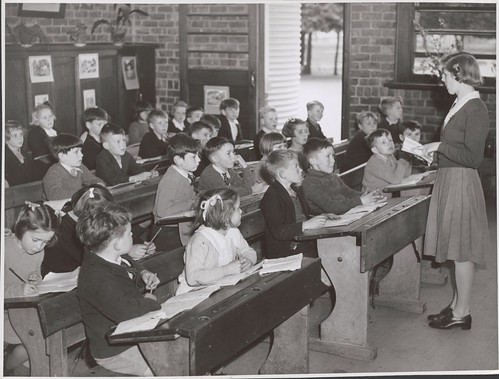- Can teach children about different types of sugar
- Show an item that is high in sugar such as chocolate then one low in sugar. Get children to measure out amounts of sugar next to them and see what they think about
- Sugar in both savory and sweet foods
- amount of recommended sugar in one day
- sugar in ‘healthy’ foods
- History of sugar – Britain after WW2 to now. Reducing fat = increasing sugar – mathematical lessons can be possible.
- Different sugar related diseases – sugar as dangerous. Also in less obvious ways.
- ‘Sweet tooth’ – show effects on teeth
- Relating sweet items to occasions or socialising – birthdays etc
- Build a healthy meal – get play food
- Sugar vs sweeteners?
- Damien Gameau documentary – Calories are not equal.
- Process of sugar digestion in body – show a picture of insides and get children to label parts such as liver.
- Healthy sugars in fruit
- Metabolically unhealthy in non-obese children
- How can children reduce their sugar? – Small swaps
- What does added sugar mean? – Juice drink vs real fruit
Category Archives: Uncategorized
The 1st Dance
1ST DANCE INPUT
From this introductory experience of dance, I have learned the importance of:
- How and why to present myself in a confident manner through body language and movement
- Facilitating children to be creative and active
- To help children understand why and how they are learning through dance
- The use of music as a tool
- How to manage classroom dynamics of organising a dance lesson
- How to build children’s confidence
- Supporting children in showing their personality through their work
- How to utilise the space in a room
- Health and Safety
- The reality of classroom situations – friends falling out, insecurities.
- Checking music before use in class and or when using youtube videos. Dance-related videos as the stimulus – create discussions with class around dance
- Learning dances from different religions – RME.
Key Ideas and concepts:
- Interdisciplinary through dance (Active cross-curricular learning)
- Having conversations with kids over what they have developed in their dance lesson – different skills such as critical thinking
- Exploring the benefits of dance such as better mental health
This workshop has helped me to understand how to plan a dance lesson to BEGIN to support meeting identified E’s and O’s such as:
- I have experienced the energy and excitement of presenting/performing for audiences and
being part of an audience for other people’s presentations/performances.
EXA 0-01a / EXA 1-01a / EXA 2-01a - I enjoy creating short dance sequences, using travel, turn, jump, gesture, pause and fall, within safe practice. EXA 1-08a
Welcome to your WordPress eportfolio
Welcome to your ePortfolio. This is where you will document and share your professional thoughts and experiences over the course of your study at the University of Dundee and beyond that when you begin teaching. You have the control over what you want to make public and what you would rather keep on a password protected page.
The ePortfolio in the form of this WordPress blog allows you to pull in material from other digital sources:
You can pull in a YouTube video:
You can pull in a Soundcloud audio track:
You can upload an image or pull one in from Flickr or any other image sharing site.
You can just about pull in anything that you think will add substance and depth to your writing.


